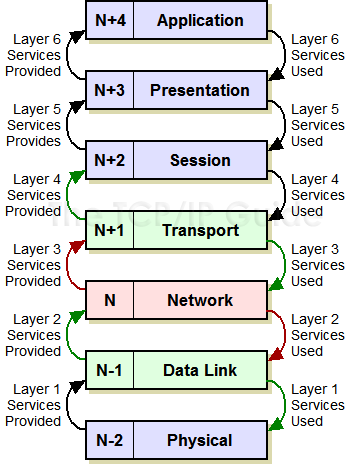 |
|
Please Whitelist This Site?
I know everyone hates ads. But please understand that I am providing premium content for free that takes hundreds of hours of time to research and write. I don't want to go to a pay-only model like some sites, but when more and more people block ads, I end up working for free. And I have a family to support, just like you. :)
If you like The TCP/IP Guide, please consider the download version. It's priced very economically and you can read all of it in a convenient format without ads.
If you want to use this site for free, I'd be grateful if you could add the site to the whitelist for Adblock. To do so, just open the Adblock menu and select "Disable on tcpipguide.com". Or go to the Tools menu and select "Adblock Plus Preferences...". Then click "Add Filter..." at the bottom, and add this string: "@@||tcpipguide.com^$document". Then just click OK.
Thanks for your understanding!
Sincerely, Charles Kozierok
Author and Publisher, The TCP/IP Guide
|
|
|

Custom Search
|
 |
The TCP/IP Guide 9 The Open System Interconnection (OSI) Reference Model 9 Key OSI Reference Model Concepts |
|
"N" Notation and Other OSI Model Layer Terminology
(Page 1 of 2)
As a theoretical model, the OSI Reference Model comes complete with a set of terminology that is used to describe it and its constituent parts. This is sort of both good news and bad. The good news is that if you understand this terminology, it can help you comprehend much better most OSI model discussions, and also how technologies relate to the model. The bad news is that the terminology can also increase confusion—especially since it isn't always used consistently.
Let’s discuss a few of the terminology concepts you will often see used to refer to the OSI Reference Model. Many of these are illustrated in Figure 12.
|
The various layers of the OSI Reference Model are referred to in a variety of ways. They may have their names spelled out in full, or they may be abbreviated. They are also often simply referenced by their layer number. So for example, all of these refer to the same thing: “data link layer”, “Data Link Layer”, “DLL”, “L2”, “layer two”, “layer 2”.
Similarly, you will often see layer names being used as adjectives to describe protocols and technologies. A “layer 3 technology” is one that operates primarily at the network layer.
The letter “N” is often used to generically refer to a number within the computer world. With respect to the OSI Reference Model, it's common to see this letter used in discussions that relate generically to individual layers without mentioning a specific layer. You will hear terms like “N-functions” and “N-services”, which just refer to the functions and services provided within a particular layer.
As another example, you might see someone say that a particular technology “provides a useful service to the N+1 layer”. This just means it provides a function to the layer above the one at which it operates. Conceptually, every layer but the first and seventh have an “N-1” layer and an “N+1” layer, and so on. If you are looking at the network layer (layer 3) then the “N+2 layer” is the session layer (layer 5). See the discussion of model layer interfaces for more information.
|
| |||||||||||||||||||
Home - Table Of Contents - Contact Us
The TCP/IP Guide (http://www.TCPIPGuide.com)
Version 3.0 - Version Date: September 20, 2005
© Copyright 2001-2005 Charles M. Kozierok. All Rights Reserved.
Not responsible for any loss resulting from the use of this site.






